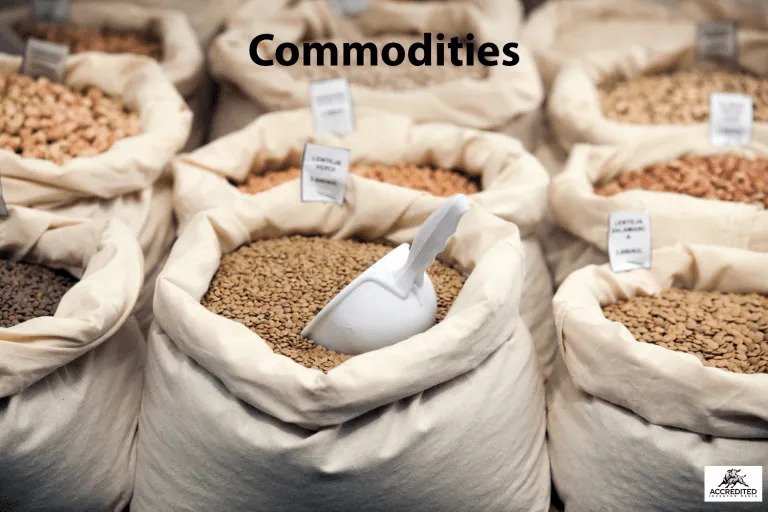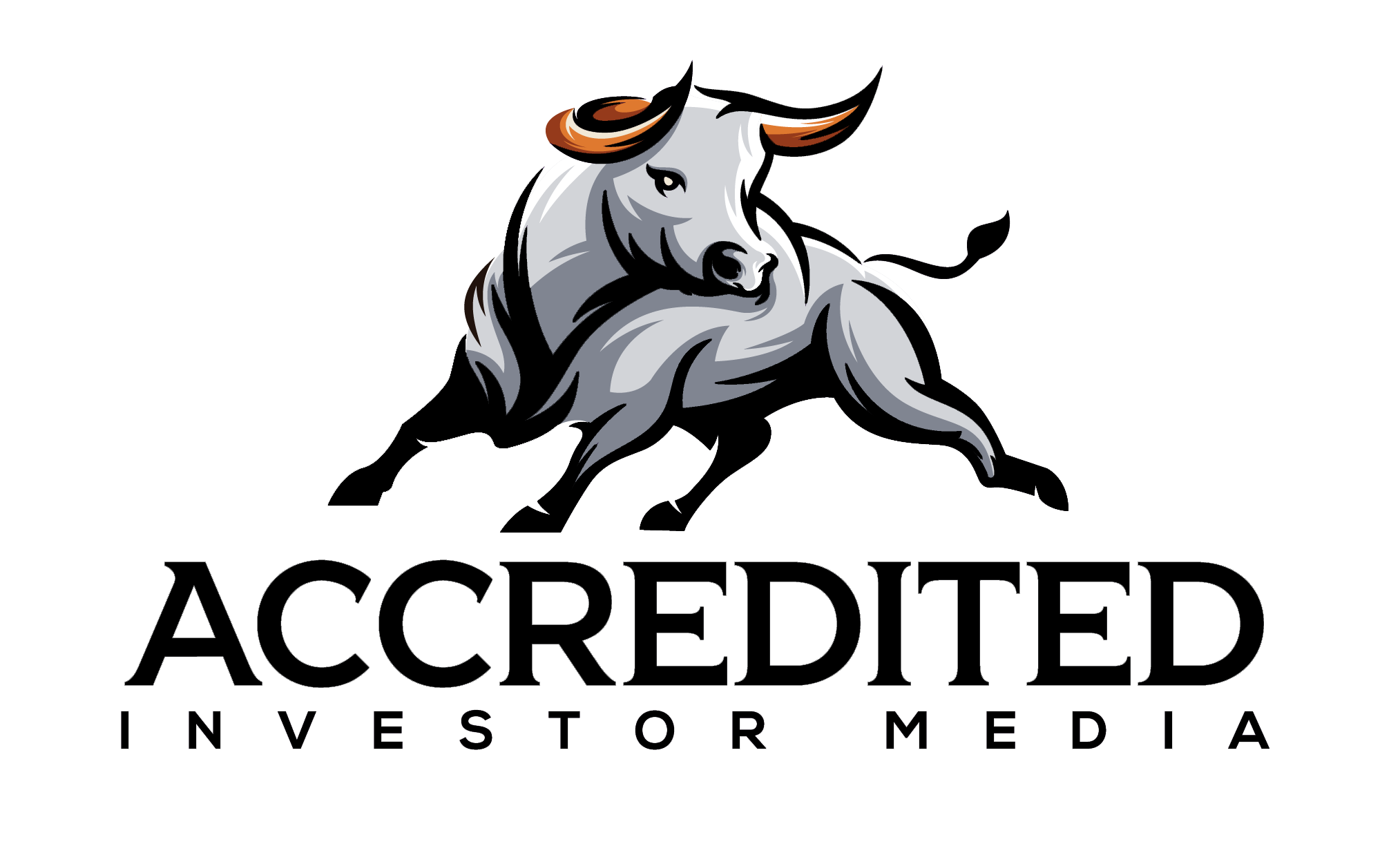
Accredited Risk Taker Investors Exploring High-Risk Investments:
In today’s complex investment landscape, accredited investors often demonstrate a marked preference for high-risk, high-reward opportunities. Among these, derivatives and commodities stand out as favored instruments due to their potential for significant gains, portfolio diversification, and hedging capabilities. This article explores the motivations behind such preferences, the unique benefits these asset classes offer including leverage and market exposure and the inherent risks like volatility and regulatory complexity. By understanding these dynamics, accredited investors can make informed decisions, strategically manage risk, and effectively harness the lucrative potential embedded in the derivatives and commodities markets for long-term growth.
Accredited investors are often drawn to high-risk investments due to their potential for exceptional returns and portfolio diversification. Psychological factors such as confidence, experience, and a higher tolerance for volatility drive this risk-seeking behavior. Financially, these investors aim to capitalize on unique opportunities that traditional investments may not offer, such as emerging market trends or disruptive sectors. High-risk instruments like derivatives options, futures, and swaps serve both speculative and hedging purposes. These tools allow investors to magnify returns, manage exposure, and exploit short-term market movements. While derivatives offer significant leverage and risk control, they also involve complexities like counterparty risk, liquidity issues, and valuation challenges. Despite these risks, accredited investors leverage derivatives to protect against inflation, enhance yield, and diversify their holdings. Strategic trading approaches, including directional bets or volatility plays, further enhance profit potential. By understanding both the mechanics and risks, accredited investors can use derivatives effectively to pursue aggressive growth and hedging goals.
Commodities represent a high-risk investment class requiring strategic risk management and informed decision-making. Effective hedging strategies and derivative pricing models are essential for mitigating exposure and optimizing returns. Understanding the fundamentals of commodities trading across metals, energy, and agriculture helps investors navigate the complexities of price volatility and global market forces. Key influences include supply-demand imbalances, geopolitical factors, and macroeconomic trends. Investing in commodities offers diversification benefits and protection against inflation, while also exposing portfolios to heightened volatility and liquidity risks. Strategies may involve direct investment in physical commodities, or indirect exposure through exchange-traded products, futures contracts, and commodity-focused funds. Due diligence plays a critical role, including thorough research on instruments, past performance, and market behavior. Evaluating the reliability of brokers and counterparties is equally vital. Constructing a well-balanced portfolio with robust risk assessment frameworks ensures that investors capitalize on opportunities while minimizing downside risk in these dynamic and often unpredictable markets.
In conclusion, high-risk investment vehicles especially derivatives and commodities present accredited investors with significant opportunities for elevated returns, portfolio diversification, and strategic growth. Success in these markets depends on a deep understanding of asset behavior, market volatility, and associated risks. By applying disciplined risk management techniques and staying informed about evolving market dynamics, investors can confidently navigate complex financial landscapes and unlock the full potential of these high-reward investment avenues.
